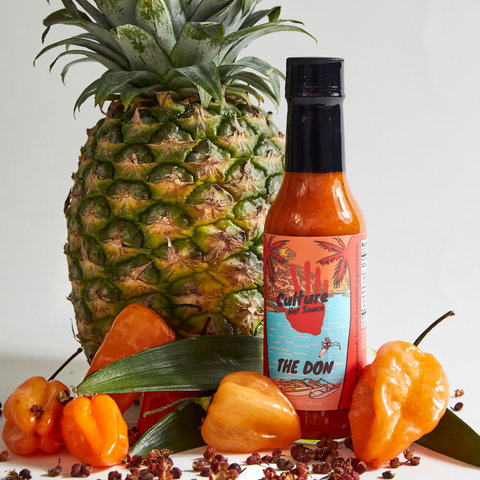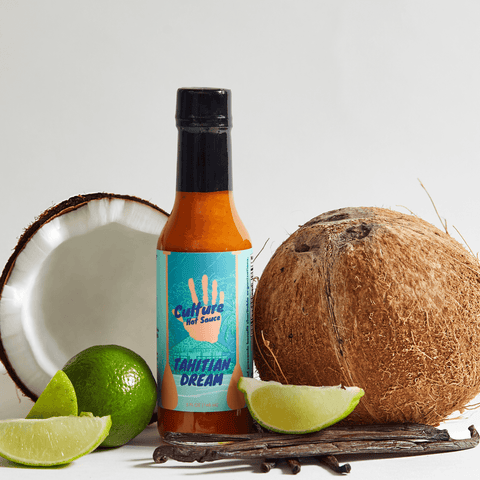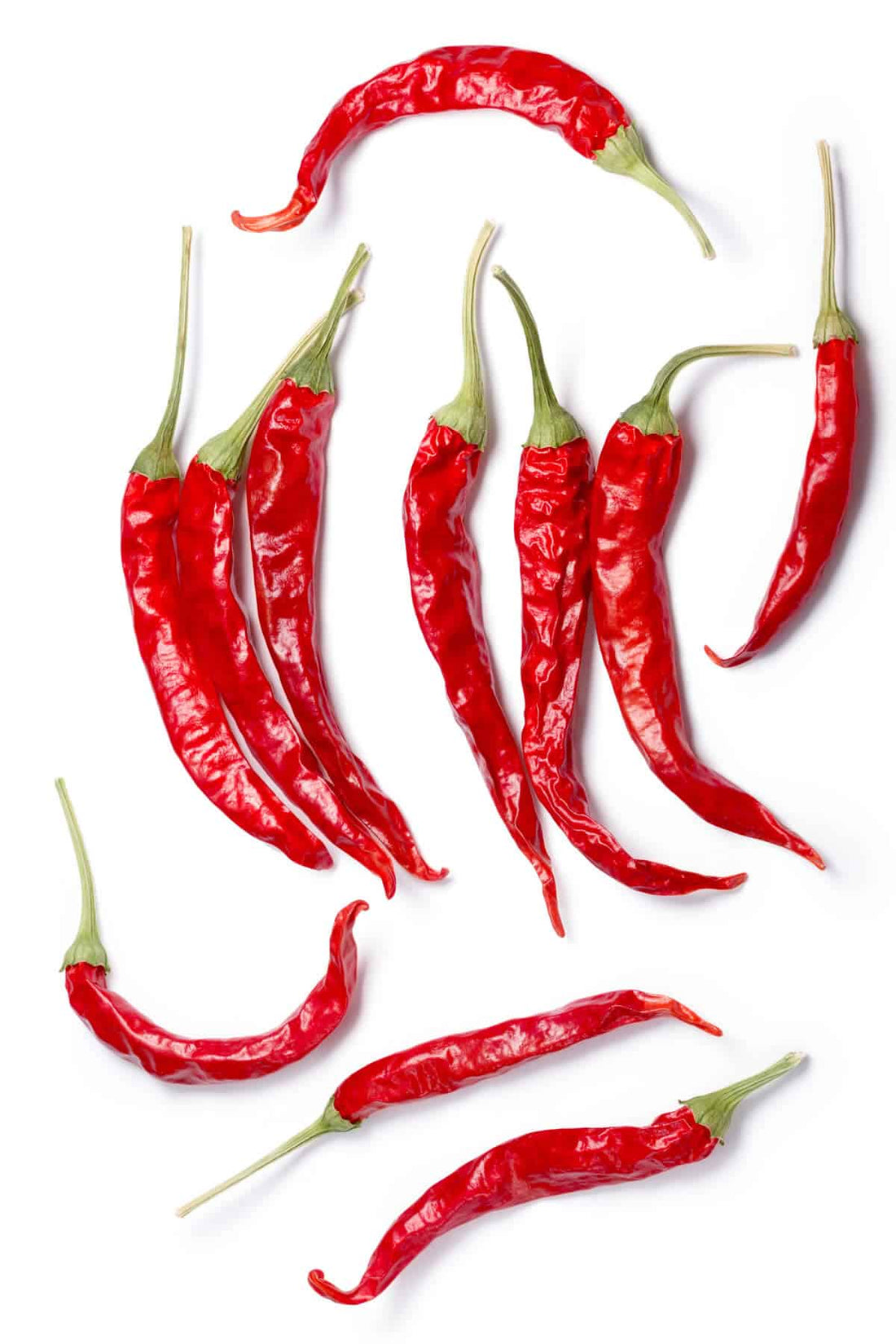Chile de Árbol: The Fiery Backbone of Mexican Cuisine
Chile de Árbol, a staple in Mexican cuisine, is cherished for its vibrant heat and versatile flavor. This small but mighty pepper adds a distinctive kick to a variety of dishes, making it a favorite among chefs and home cooks alike. In this blog post, we will explore the history, fascinating facts, diverse uses, and reasons behind the popularity of Chile de Árbol in Mexican cuisine.
A Brief History of Chile de Árbol
Chile de Árbol (Capsicum annuum) is native to Mexico, where it has been cultivated and used for centuries. The name "de árbol" means "of the tree," referring to the woody stem of the plant. These peppers are believed to have been used by indigenous peoples long before the arrival of Spanish explorers.
The cultivation and use of Chile de Árbol spread throughout Mexico, becoming an integral part of regional cuisines. Over time, it has also gained popularity beyond Mexican borders, finding its way into kitchens around the world.
Fascinating Facts About Chile de Árbol
-
Scoville Scale: Chile de Árbol peppers range from 15,000 to 30,000 Scoville Heat Units (SHU). This places them on par with cayenne peppers, offering a medium to hot level of heat.
-
Appearance: These peppers are slender and elongated, typically about 2-3 inches long. They are bright red when mature, although they start out green.
-
Nutritional Value: Chile de Árbol peppers are rich in vitamins A and C, as well as capsaicin, which provides various health benefits, including pain relief and metabolism boosting.
-
Dried vs. Fresh: While fresh Chile de Árbol peppers are used in some dishes, the dried form is more common. Drying the peppers intensifies their flavor and heat, making them a potent ingredient in many recipes.
-
Cultural Significance: In Mexican cuisine, Chile de Árbol is prized for its ability to add heat and depth to a wide range of dishes. It is a common ingredient in salsas, sauces, and spice blends.
Culinary Uses of Chile de Árbol
Chile de Árbol peppers are incredibly versatile and can be used in numerous ways to enhance the flavor and heat of dishes:
-
Salsas and Sauces: Chile de Árbol is a key ingredient in many traditional Mexican salsas and hot sauces. Its vibrant heat and slightly nutty flavor add complexity to these condiments.
-
Infused Oils: Infusing oils with Chile de Árbol creates a spicy cooking oil that can be used to add heat to a variety of dishes. These oils are great for drizzling over pizza, pasta, and grilled vegetables.
-
Spice Blends: Dried Chile de Árbol peppers can be ground into a fine powder and used in spice blends and rubs. This powder adds a concentrated heat to marinades, stews, and soups.
-
Pickling: Pickled Chile de Árbol peppers are a popular condiment in Mexican cuisine. The pickling process slightly mellows their heat while preserving their distinctive flavor.
-
Whole Dried Peppers: Whole dried Chile de Árbol peppers are often toasted and added to dishes such as soups, stews, and sauces. Toasting the peppers enhances their flavor and adds a smoky note to the dish.
Why Chile de Árbol Is So Popular in Mexican Cuisine
Several factors contribute to the popularity of Chile de Árbol in Mexican cuisine:
-
Balanced Heat: Chile de Árbol offers a medium to hot level of heat that appeals to a wide range of palates. It provides enough spice to be interesting without overwhelming the dish, making it suitable for both spicy food enthusiasts and those with milder tastes.
-
Distinct Flavor: Beyond its heat, Chile de Árbol has a unique, slightly nutty flavor that enhances the overall taste of dishes. This distinctive taste makes it a favorite in many recipes, particularly in traditional Mexican cuisine.
-
Versatility: The various ways Chile de Árbol can be prepared and used in cooking make it incredibly versatile. From fresh to dried, ground to pickled, it can adapt to numerous culinary applications, fitting into countless recipes seamlessly.
-
Cultural Integration: Chile de Árbol is deeply ingrained in Mexican culinary traditions. Its widespread use in regional dishes and traditional recipes has cemented its place as a staple ingredient in Mexican cuisine.
-
Health Benefits: With their rich nutritional profile and potential health benefits, Chile de Árbol peppers are not only a flavorful addition to meals but also a health-conscious choice. The presence of vitamins, antioxidants, and capsaicin makes them a desirable ingredient for those looking to add a nutritious element to their diet.
-
Aesthetic Appeal: The vibrant red color and slender shape of Chile de Árbol peppers make them visually appealing. Their bright hue adds a pop of color to dishes, enhancing their presentation and making them more attractive to diners.
Conclusion
Chile de Árbol has earned its place as a popular chili pepper in Mexican cuisine due to its balanced heat, distinctive flavor, and incredible versatility. Its rich history, from its cultivation by indigenous peoples to its widespread use in modern kitchens, highlights its enduring appeal. Whether you are enjoying them in salsas, sauces, or spice blends, Chile de Árbol peppers continue to add a vibrant and flavorful touch to a wide array of dishes. So, next time you reach for these fiery peppers, remember the journey they have taken and the myriad ways they can elevate your culinary creations.





